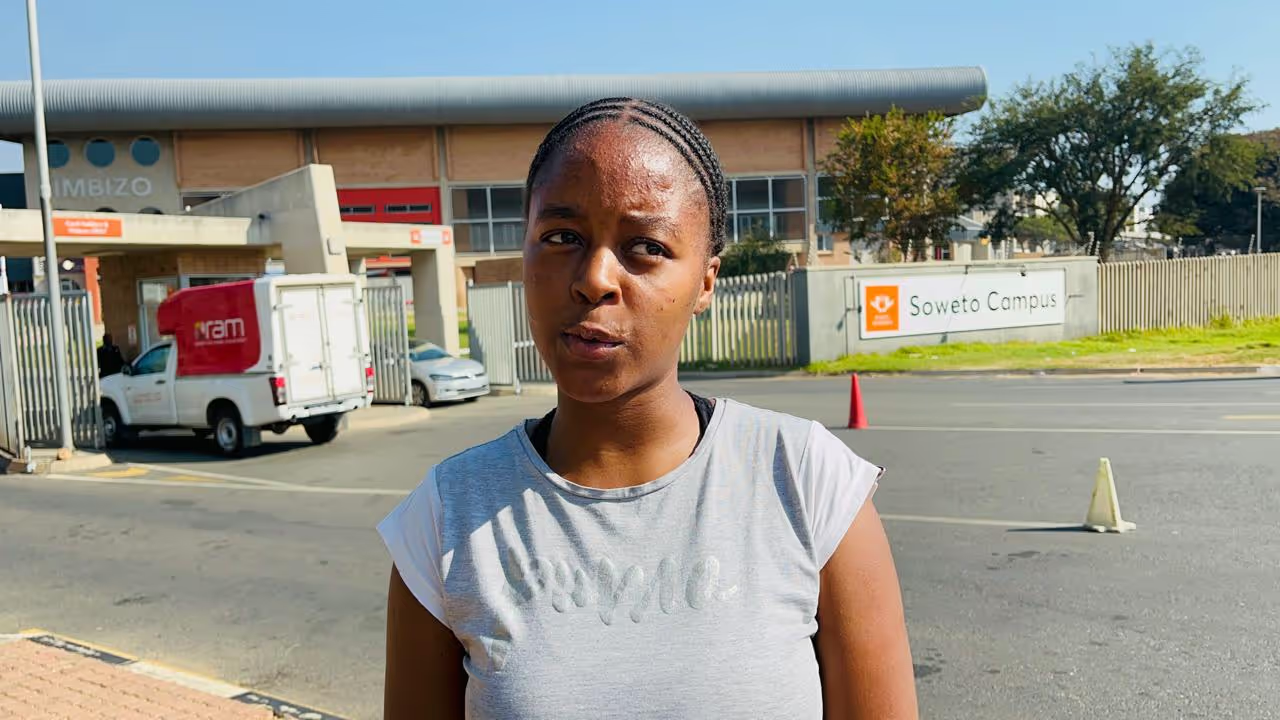Loadshedding or the rolling blackouts that Eskom, the electricity utility, subject the South African public to is now a way of life in Mzansi. We hit Stage 6 in this most recent session of loadshedding and if it felt like the longest stretch of loadshedding with the most “off” hours, the reason for this is, because it has been a record breaking 475 hours as 27 September 2022. Theprevious longest stretch being 403 hours from June to July earlier this year.The 1998 report (WhitePaper on the Energy Policy of the Republic of South Africa) that flaggedthe requirement for the restructuring of the industry at a policy level and thedevelopment of additional capacity also predicted that demand will outstripsupply by around 2007 and that is when loadshedding kicked in. The government of the day ignored it and were instead pursuing the privatisation of the electricity utility.
GENERATING CAPACITY
Eskom's nominal generating capacity is somewhere between42000 MW and 45000 MW, the typical demand is in the region of 28000 MW, given that any stage between 8000 MW and 13000 MW is offline for maintenance it becomes clear that Eskom is always just about covering demand. In the event that even one other generating facility goes offline, loadshedding starts and then continues until Eskom can restore enough generating capacity to service the basic demand. The big problem for generating electricity remains aging infrastructure, in that a significant portion of the electricity generation comes from coal fired power stations that are almost 50 years old. This combined with an overall lack of maintenance, lack of skills and (now) intermittent sabotage means that without additional and more efficient capacity being brought online we, and our economy, will continue to suffer under the yoke of rolling blackouts.
STAGE 8 A LOOMING REALITY
Of most concern to South Africans should be that the problem has not improved since 2007/2008 when the first period of loadshedding started where the shortages were intermittent. In the 2014/2015 period Eskom claimed it was short of 4000 MW of capacity that would result in a “Stage 4” like loadshedding scenario. In 2019 we were still mainly in the Stage 4 scenarios of shortfalls in capacity relative to the demand until December of 2019, when we hit Stage 6. Stage 6 means that Eskom removed 6000 MW of demand of the network and more than a third of us were without power. In this current period of loadshedding, starting from March 2021, we have experienced Stage 6 several times and also had the longest run of continuous loadshedding. It is almost certain that without some miraculous intervention we will hit Stage 8 where 50% of South Africa will be without power for extended periods of time. This is the last stage planned for before a so-called Total Blackout – a total collapse grid that would take weeks to recover from. The authorities say we are nowhere close to that scenario, but it becomes hard to believe in the face of the deterioration of the situation.
RELIANCE ON COAL
The economy has fallen victim to loadshedding in a very real way by restricting economic growth and in 2021 ,perhaps even reducing it by as much as 3%. This means less job creation and potential job losses as investment stalled and is withdrawn. This at the same time as Eskom and the South African government needs serious capital to fix the generation problems at Eskom and to develop the broader energy sector to ensure diversity of supply. As a country and Eskom, as a commercial entity, we have been graded at sub-investment levels by the credit rating agencies – this means that additional capital that we need will be very expensive if we can find it at all. Government has also not cracked the renewables conundrum. In general terms renewable energy production such as solar, wind and hydro are more expensive to build to utility scale and produce electricity at a higher cost. It is obvious that over time “cleaner” sources of energy will become inevitable but for all the so-called developing economies this is still a multi-decade journey. For the foreseeable future it is still coal, coal and more coal.
PENALTIES FOR BEING OFF THE GRID
Then also the proposed tariff structure that would see domestic consumers who have found ways to reduce their dependence on Eskom power being penalised by an effective solar power levy, shows that there is still immaturity in the policy thinking in terms of how to onboard different solutions for this problem. This may be because it is likely that the domestic consumers that can afford to take themselves of the grid are higher income households and those households are the biggest contributors to paying for electricity services. The plan from government to fix the problem includes allowing Eskom to buy power from private producers, importing power from power producers in the region, allowing some generation from renewables and incentivising the reduction of demand. The true impact of these plans will only be felt in 2025.
LOSS OF CONFIDENCE IN ESKOM
After almost 15 years we are starting to lose confidence that Eskom and the government of the day can fix this. It is up to us as South Africans to demand that they do fix it - our acceptance of this situation may have introduced complacency and lack of urgency in thinking innovatively to solve this. We have an obligation as good citizens to do what we can in our personal and professional capacities to do what we can to not make the situation worse and to improve it where we can. We also need to look at recruiting the right team politically and at Eskom to bring new thinking to correct this.
SOCIO_ECONOMIC CHALLENGES
It is difficult as a South African to face up to all the social challenges that face us: a struggling healthcare and education sector, massive income and wealth inequality, poverty, youth unemployment (and joblessness in general) and low and negative economic growth. We understand though that this is where we are. However, should we have to do this in the dark?







